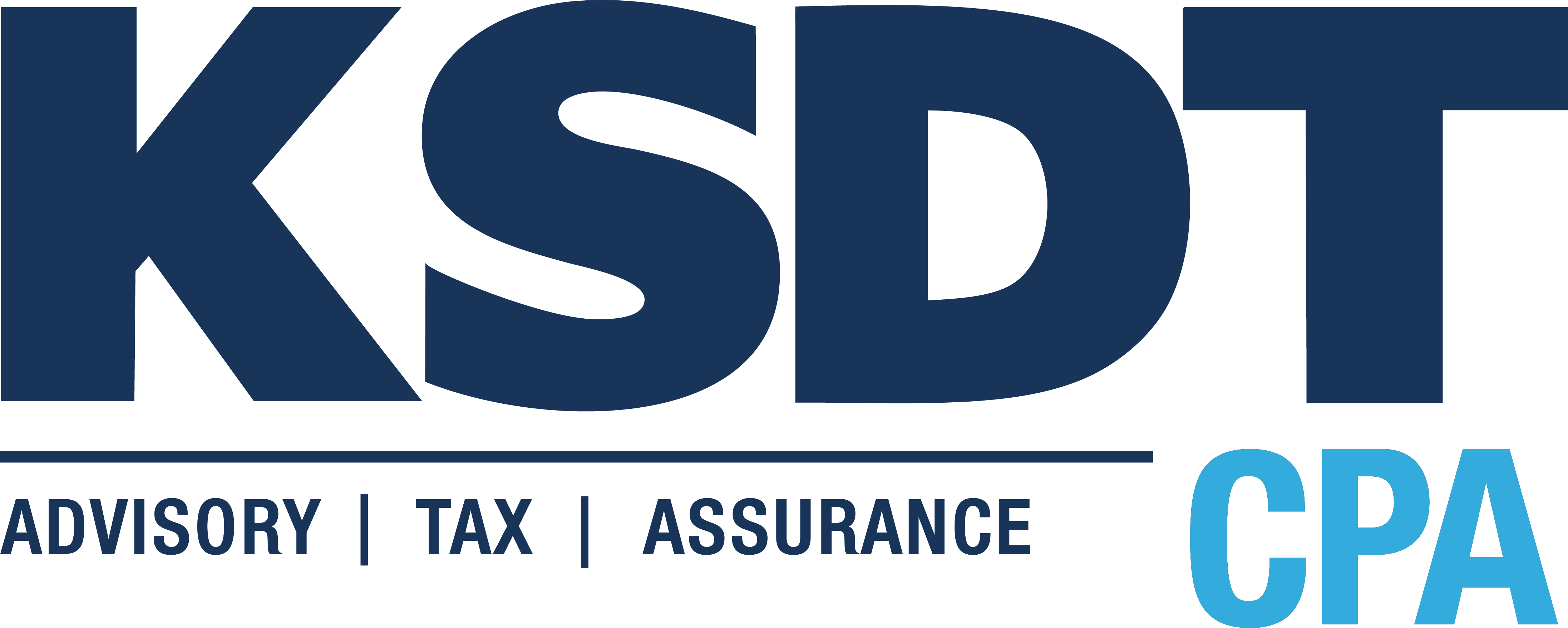In today’s environment of economic uncertainty, interest rate tightening, increased competitive landscape, and more, private equity firms must manage with discipline, the challenges associated with underperforming assets within their portfolios. These assets not only pose a financial risk but also present an opportunity for growth and value creation if managed strategically. The importance of embracing transparency, utilizing operational experts, and implementing data-driven governance to effectively manage underperforming assets and unlock their true potential is critical to control risk to IRRs and falling valuations.
The Case for Transparency
Transparency is a fundamental pillar in managing underperforming assets. Without access to accurate and timely information, making informed decisions becomes an uphill battle. Transparent reporting enables us to identify the root causes of underperformance, devise appropriate strategies, and communicate effectively with all stakeholders involved.
1. Comprehensive Data Collection and Analysis
To begin the process of transforming underperforming assets, it is imperative to establish a robust system for data collection. This entails gathering relevant financial, operational, and market data across all levels of the asset. Leverage cutting-edge technology and data analytics tools to streamline data collection and analysis, allowing for real-time insights and informed decision-making.
2. Clear Performance Metrics
Developing clear performance metrics is essential to track the progress of underperforming assets. By defining key performance indicators (KPIs) tailored to each asset, you create a framework to measure success and identify areas requiring improvement. Regularly review and reassess these metrics to ensure their alignment with strategic objectives.
3. Open and Frequent Communication
Effective communication is vital in managing underperforming assets. Foster an environment of openness, where stakeholders feel comfortable sharing concerns, challenges, and ideas. Regularly scheduled updates and transparent reporting should be implemented to keep all parties informed of progress, challenges, and strategic shifts. Emphasize the importance of a collaborative approach, encouraging dialogue and feedback from operational experts.
The Power of Operational Experts
While financial expertise is crucial in the private equity landscape, operational expertise plays an equally pivotal role when managing underperforming assets. Operational experts possess the skills and experience necessary to identify operational inefficiencies, optimize processes, and drive transformative change. Collaborating closely with operational experts throughout the management process can yield significant benefits.
1. Engaging Operational Experts Early
Involve operational experts from the outset when identifying and addressing underperforming assets. Their insights and specialized knowledge can help pinpoint operational bottlenecks, evaluate market trends, and identify potential growth opportunities. By engaging operational experts early on, you ensure a holistic and comprehensive approach to asset management.
2. Leveraging Cross-Functional Teams
Forming cross-functional teams comprising operational experts and financial professionals fosters collaboration and facilitates the exchange of ideas and best practices. These teams can work together to devise tailored strategies, implement operational improvements, and monitor progress closely. Encourage a culture of knowledge sharing and collaboration, harnessing the collective expertise within the firm.
3. Continuous Operational Monitoring
Operational monitoring should be an ongoing process, especially when managing underperforming assets. Operational experts can actively track and analyze the asset’s performance, identify areas for improvement, and propose targeted operational interventions. Regular operational audits and periodic reviews provide opportunities to realign strategies, address emerging challenges, and capitalize on new market trends.
Data-Driven Governance
To effectively manage underperforming assets, private equity partners must adopt a data-driven approach to governance. By leveraging data and analytics, you can gain valuable insights into asset performance, make data-backed decisions, and drive positive outcomes.
1. Centralized Data Infrastructure
Establish a centralized data infrastructure to facilitate seamless data sharing and analysis across all levels of the organization. Invest in advanced analytics tools and reporting systems to enable real-time access to performance data, financial metrics, and operational indicators. This centralized approach ensures consistency and accuracy in decision-making processes.
2. Predictive Analytics and Scenario Modeling
Leverage predictive analytics and scenario modeling to assess various potential outcomes and their impact on underperforming assets. These tools enable private equity partners to make informed decisions
based on future projections, mitigating risks and capitalizing on opportunities. Combine financial and operational data to create comprehensive models that inform strategic actions.
3. Iterative Decision-Making Process
Data-driven governance requires an iterative decision-making process. Continuously monitor performance, reassess strategies, and adjust as needed. Regularly review the effectiveness of implemented measures, identify areas for improvement, and capitalize on early successes. By embracing an iterative approach, private equity partners can adapt swiftly to changing market dynamics and maximize the potential of underperforming assets.
Conclusion
Managing underperforming assets is a complex and challenging task that requires a multifaceted approach. By embracing transparency, leveraging operational expertise, and implementing data-driven governance, private equity partners can navigate through these challenges and unlock the hidden value within their portfolios. Remember, the journey toward transforming underperforming assets into high-performing gems begins with a commitment to full transparency, collaboration, and leveraging the power of data and operational excellence
Kevin N. Fine, MHA, MSM leads the KSDT-CPA Advisory team. He advises companies, investment firms and executive leadership on operations, strategy, and business process improvements. Any questions, do not hesitate to contact him at: kfine@ksdt-cpa.com.


